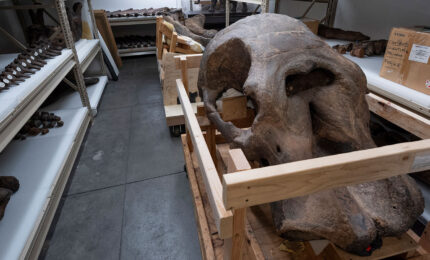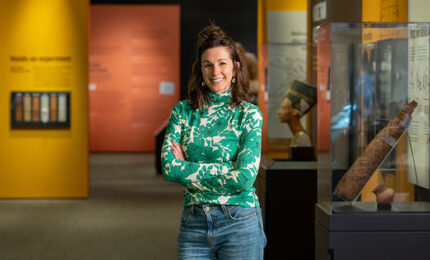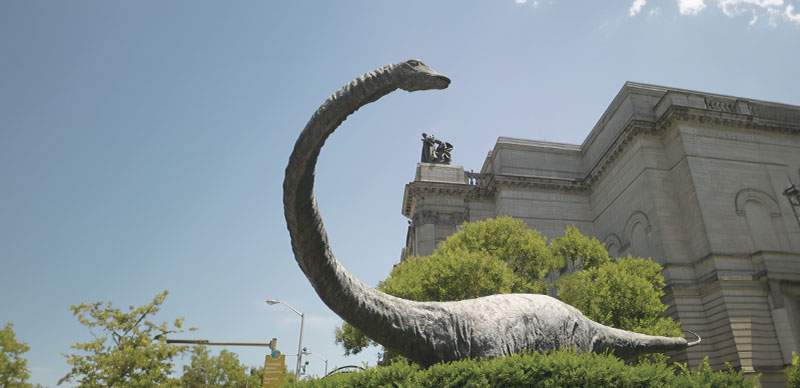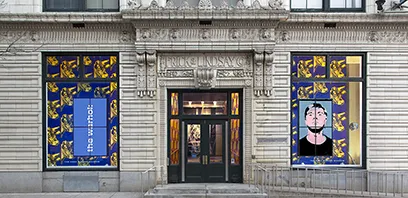
Life was moving pretty fast for this little guy.
After 18 months, its tail was still there, but would likely be gone in a few weeks. It had begun sprouting hind legs, but they were not yet developed enough to launch it through the air, like a full-grown bullfrog. You could not even call it a frog yet.
“They’re pollywogs,” explains Carla Littleton, the animals and habitats manager at Carnegie Science Center.
For months, Littleton and other Science Center staff had been caring for a few pollywogs—a term that, in some regions, is synonymous with “tadpoles”—behind the scenes until they were mature enough to bring out to the bullfrog tank, part of the Science Center’s H2Oh! Field Station on the first floor. A previous inhabitant of the bullfrog tank lived around 12 years, Littleton says, so this day in late September was a rare opportunity to see one at this particular stage in its development. It was only the third day that it had been on view, and physical changes happened quickly.
“We watched one literally absorb its tail in four hours. It looks like a deflating balloon,” Littleton says. “We watched one grow its legs. It had little legs, and we’d go in two hours later and it’s doing pushups to strengthen its arms.”
Bullfrogs are among the 60 to 70 animal species—all native to Pennsylvania—that are cared for at the Science Center. Other animals include Madagascar hissing cockroaches, eastern lubber grasshoppers, and all manner of fish, many of which can be found in the rivers and trails right outside the museum. Live animals present an important opportunity not only to teach visitors about individual species, but also to remind human visitors that nature exists all around us, Littleton says.
“We often think about an urban environment as being devoid of nature,” Littleton says. “So, if you’re thinking about landscaping, know that you should be incorporating space for them.”






